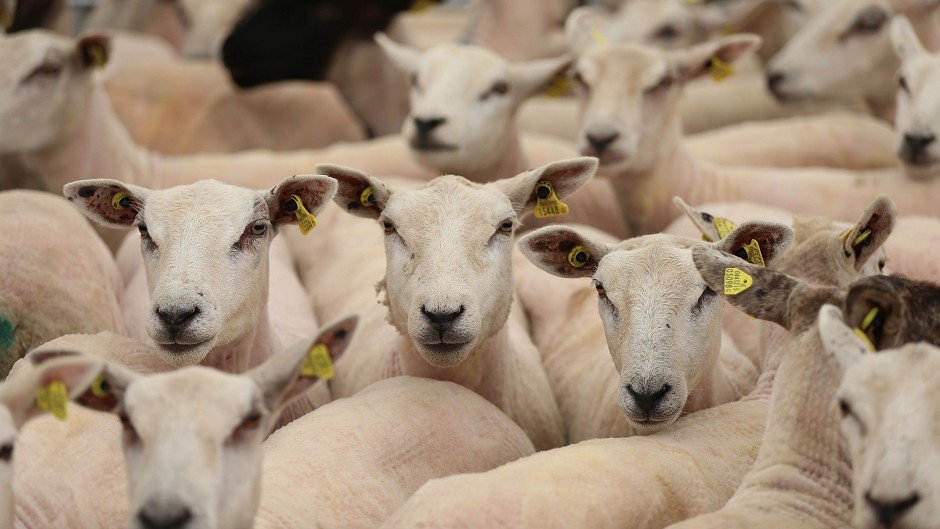Sheep farmers are being urged to keep an eye out for sheep scab ahead of the busy autumn sales season.
According to vet Neil Laing, of the Clyde Vet Group, sheep scab is a notifiable disease and any suspected cases must be reported to the Animal and Plant Health Agency and neighbouring farmers.
Speaking to farmers at a monitor farm meeting at Carstairs Mains, in South Lanarkshire, which is run by Andrew Baillie, Mr Laing said: “Scab is spread from sheep to sheep, or can be caught by an uninfected sheep rubbing against something like a fence post where an infected sheep has been scratching. The sheep scab mite feeds on blood and can survive for up to 17 days between blood feeds, in a variety of environments.
“If you see agitated sheep rubbing or nibbling at themselves, investigate. If you suspect scab, it’s important to pluck wool for analysis from the right location. The mites are on the leading edge of lesions. If you’re not confident, get the vet in. It’s too risky to get it wrong.”
Mr Laing advised farmers to ensure all bought-in sheep were isolated and treated with a sheep scab product, and not introduced to the main flock until at least seven days after treatment.
“Whether or not you buy in any sheep, it may be sensible to treat your own once a year, making sure you gather and treat everyone. I realise that this isn’t easy if sheep are on high hill or have access to woodland, but just one infected sheep can spread sheep scab through your own flock, and to your neighbour’s sheep too,” added Mr Laing.
He said there were a number of sheep scab control products, with both injections and dips available, offering withdrawal periods ranging from under 50 days to more than 100 days.
Farmers opting to plunge dip are advised to follow the product manufacturer’s instructions, especially those relating to the maximum number of sheep that can be dipped before emptying and re-filling the dipper, said Mr Laing.
Farmers also needed to take heed of guidance surrounding the amount of time each sheep can be dipped, and the number of times the head needed to be submerged.
Testing for the disease will be made a lot simpler, said Mr Laing, with the launch of a new diagnostic blood test in September this year.
The test, which has been developed by scientists at the Moredun Research Institute, identifies any sheep scab antibodies and allows a diagnosis of the disease before symptoms are apparent on the sheep.
Mr Laing said: “This quick and simple test will be really helpful. The recommendation is that just 11 sheep from each flock are blood-sampled to establish whether or not antibodies are present. There will be many opportunities to utilise this test, including blood sampling sheep on farms neighbouring a confirmed outbreak. It will also help farmers within a specific area to work together to control scab.”
